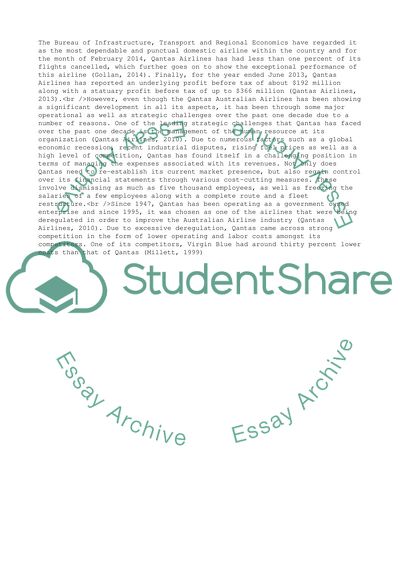Cite this document
(Qantas Airlines History Essay Example | Topics and Well Written Essays - 1500 words, n.d.)
Qantas Airlines History Essay Example | Topics and Well Written Essays - 1500 words. https://studentshare.org/business/1816450-qantas-recent-history-aviation-management
Qantas Airlines History Essay Example | Topics and Well Written Essays - 1500 words. https://studentshare.org/business/1816450-qantas-recent-history-aviation-management
(Qantas Airlines History Essay Example | Topics and Well Written Essays - 1500 Words)
Qantas Airlines History Essay Example | Topics and Well Written Essays - 1500 Words. https://studentshare.org/business/1816450-qantas-recent-history-aviation-management.
Qantas Airlines History Essay Example | Topics and Well Written Essays - 1500 Words. https://studentshare.org/business/1816450-qantas-recent-history-aviation-management.
“Qantas Airlines History Essay Example | Topics and Well Written Essays - 1500 Words”. https://studentshare.org/business/1816450-qantas-recent-history-aviation-management.


